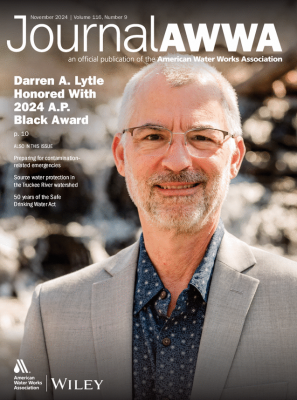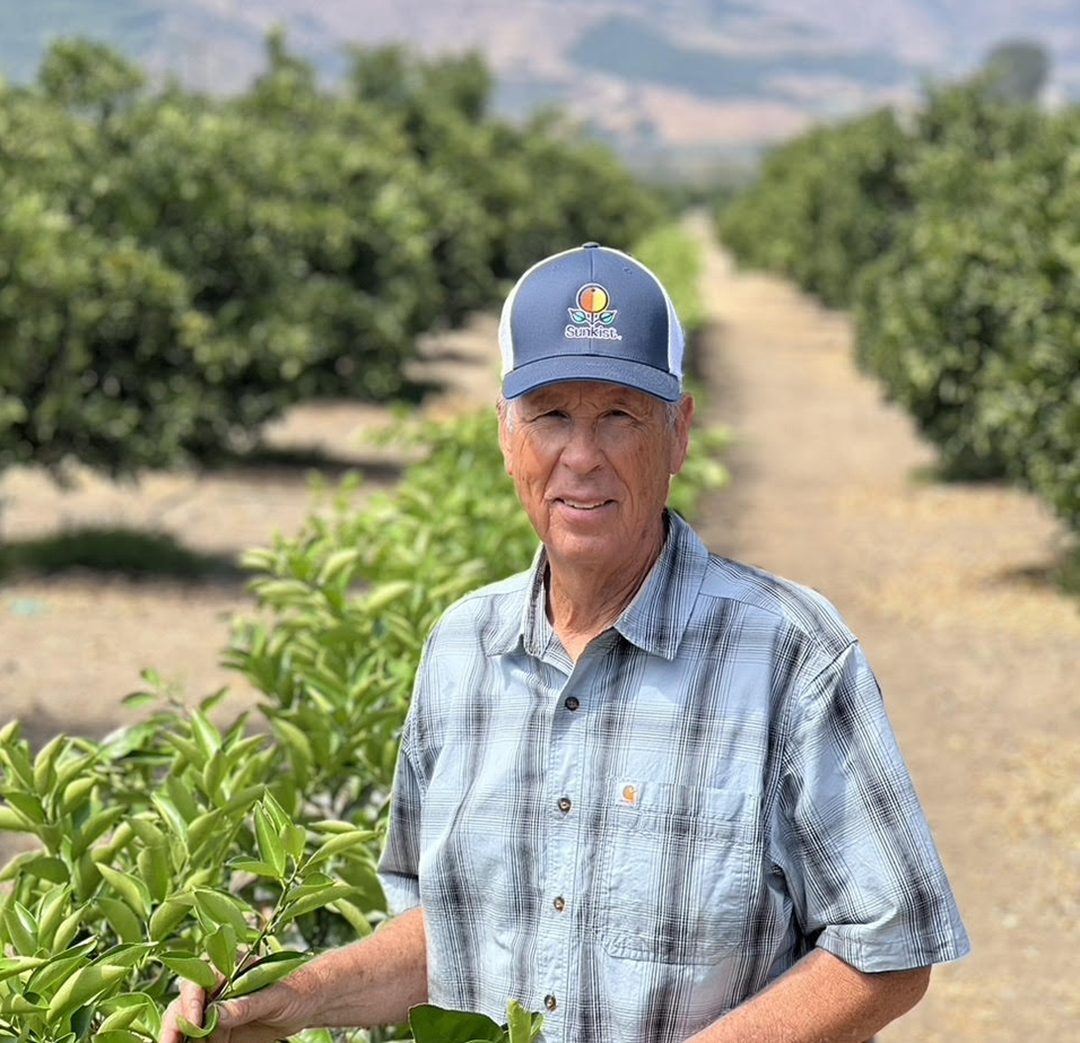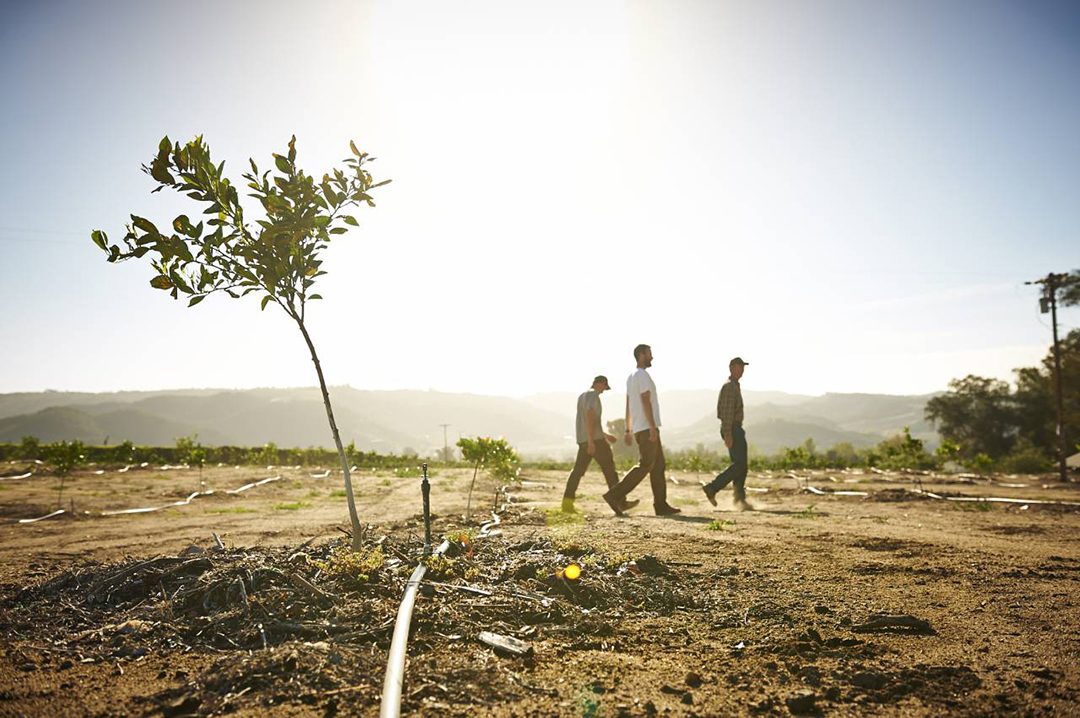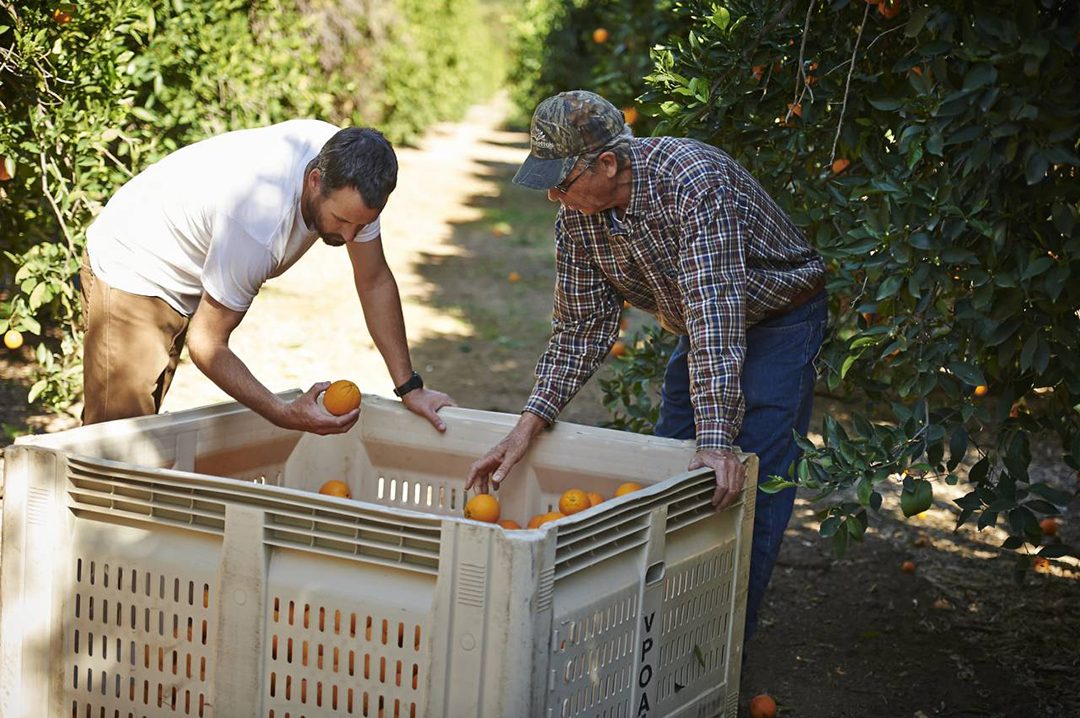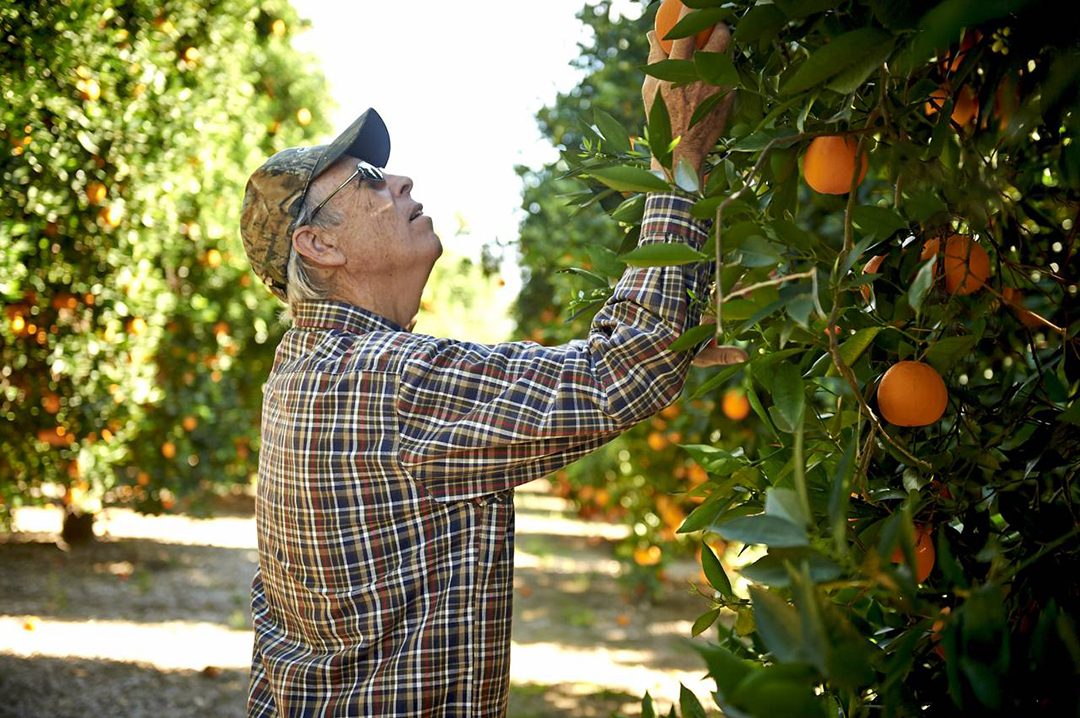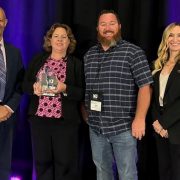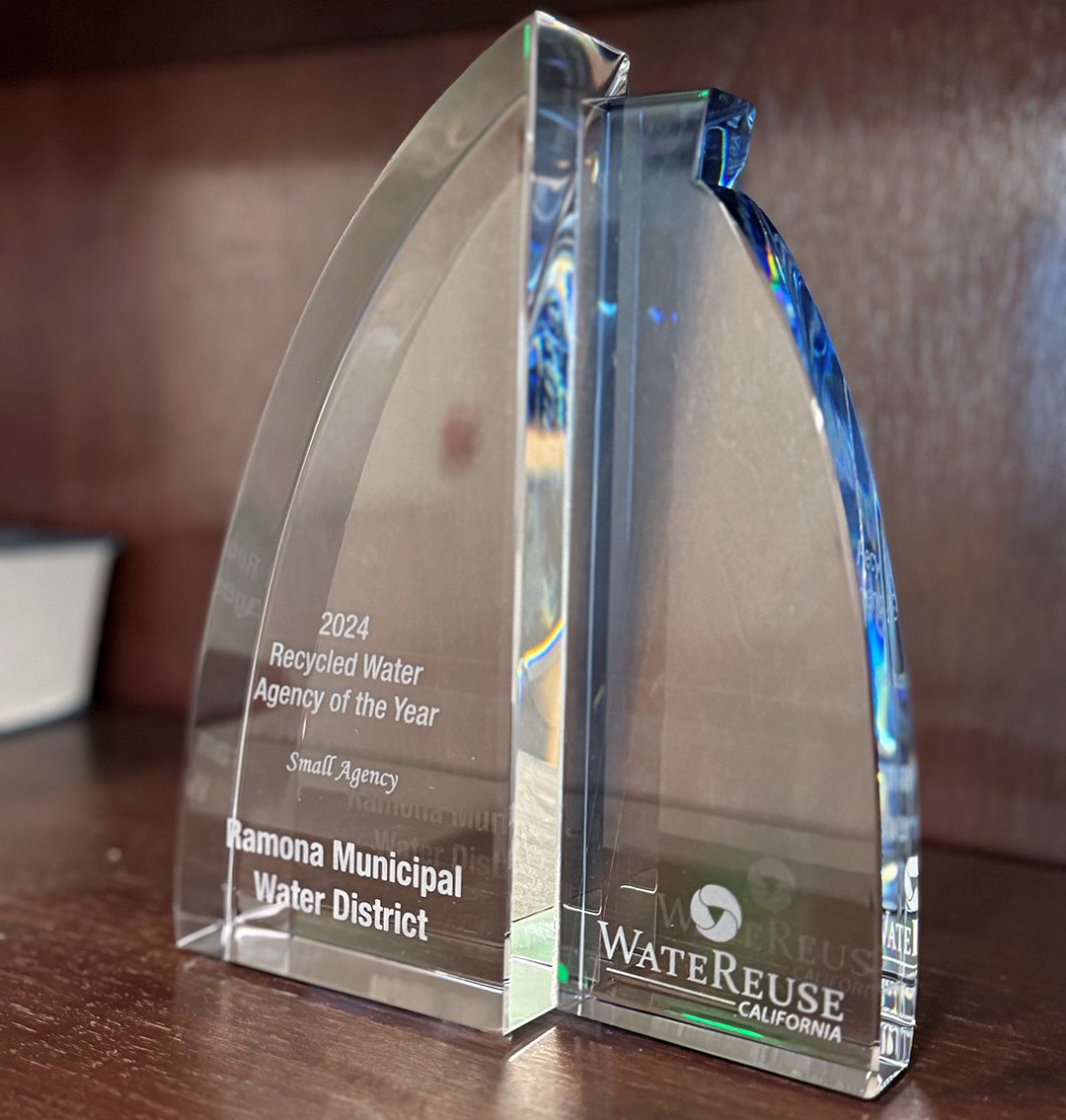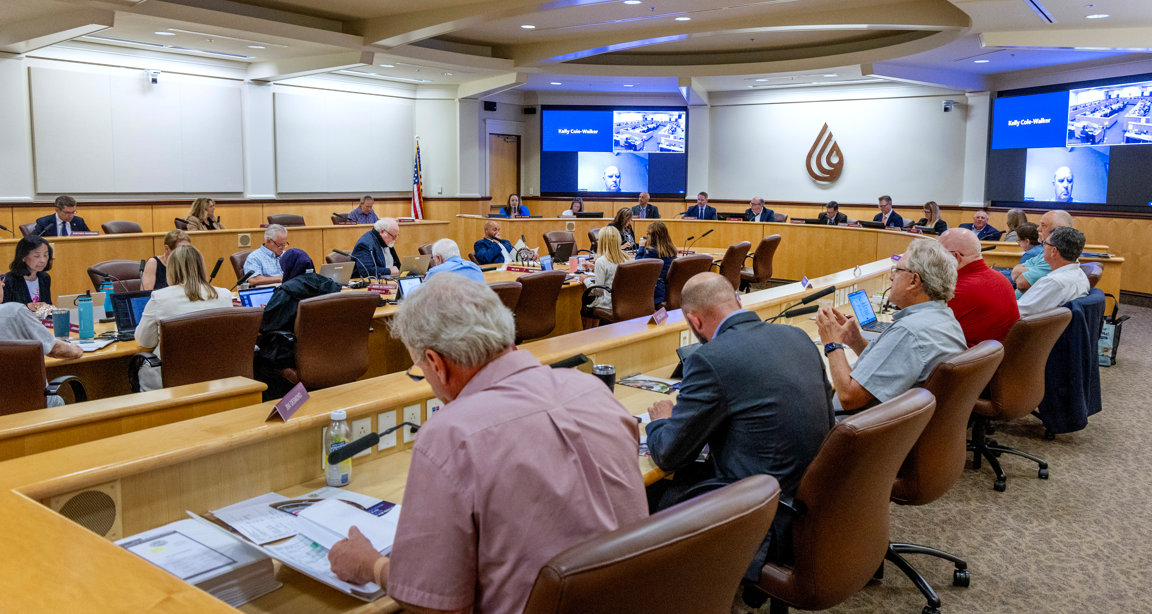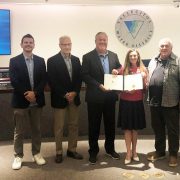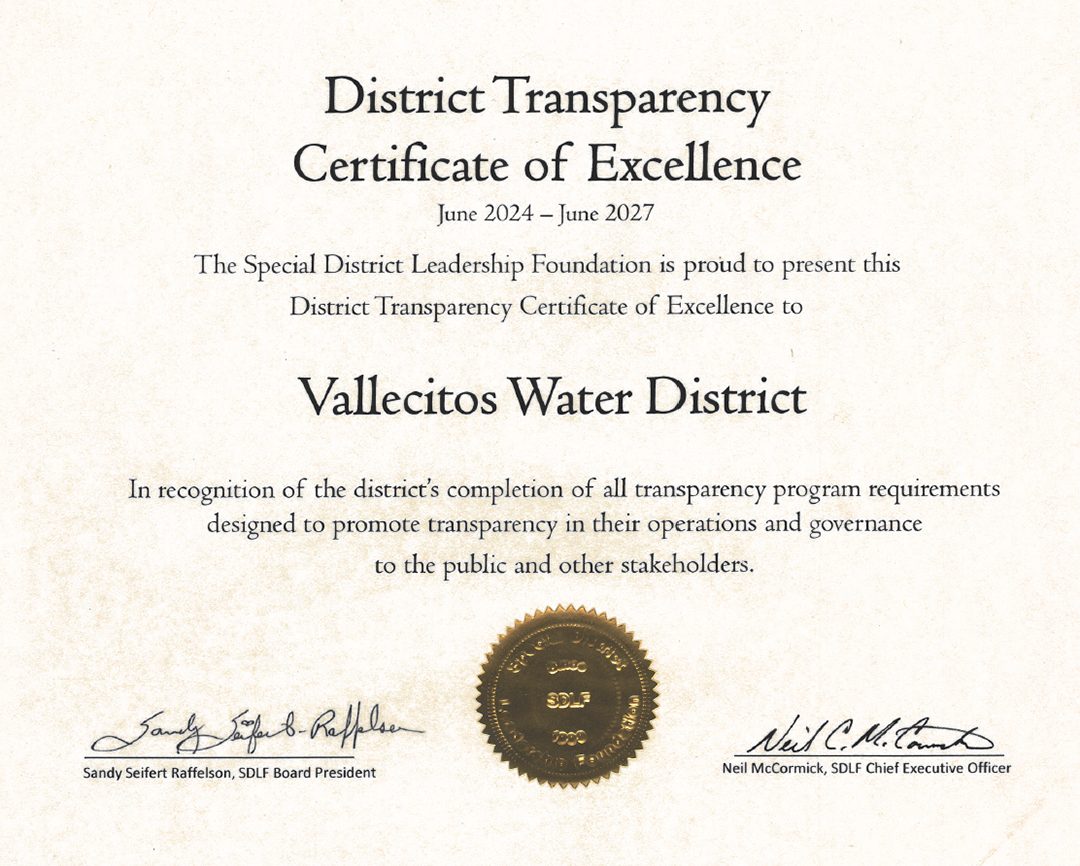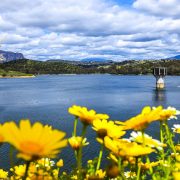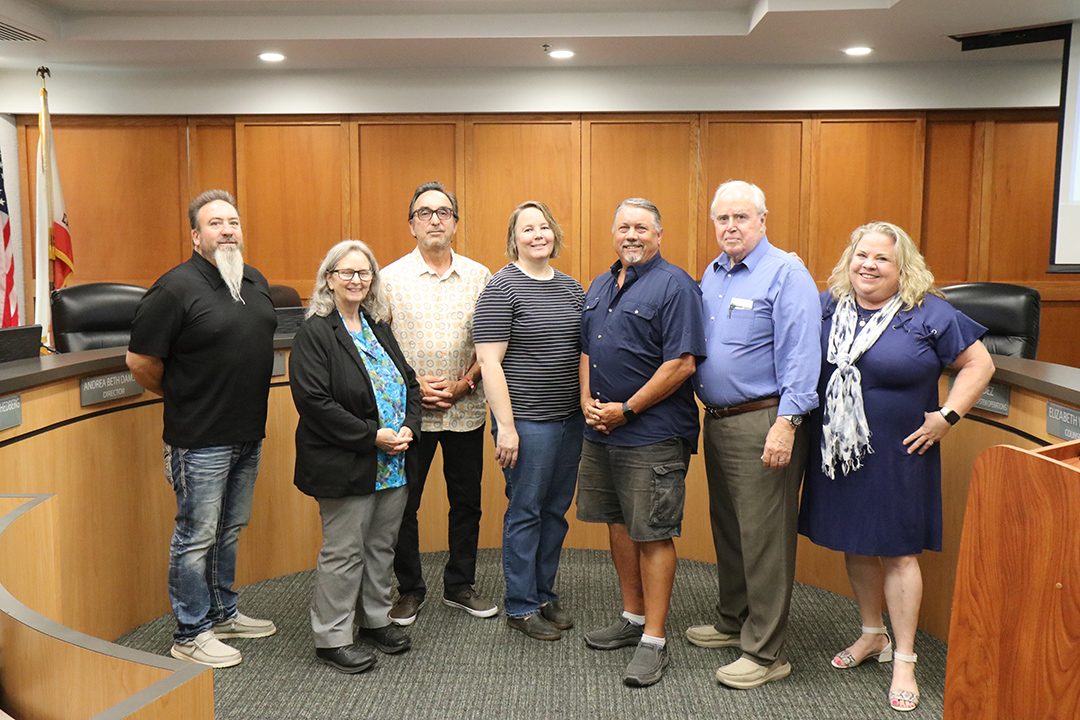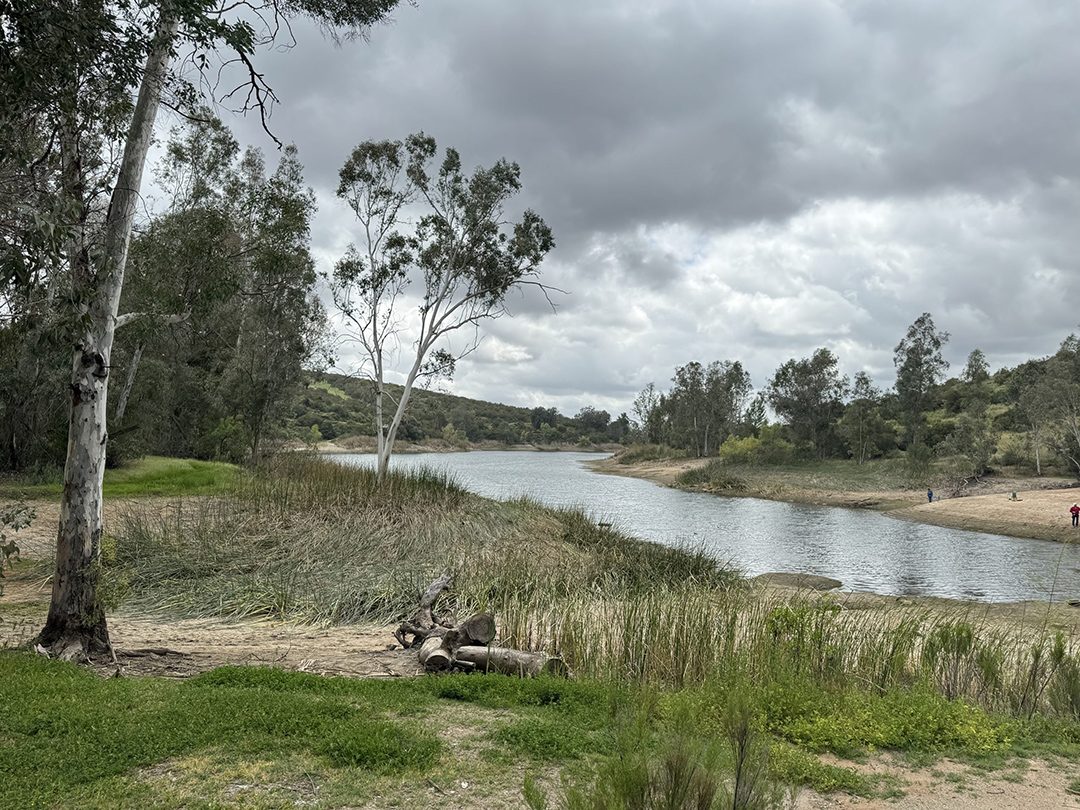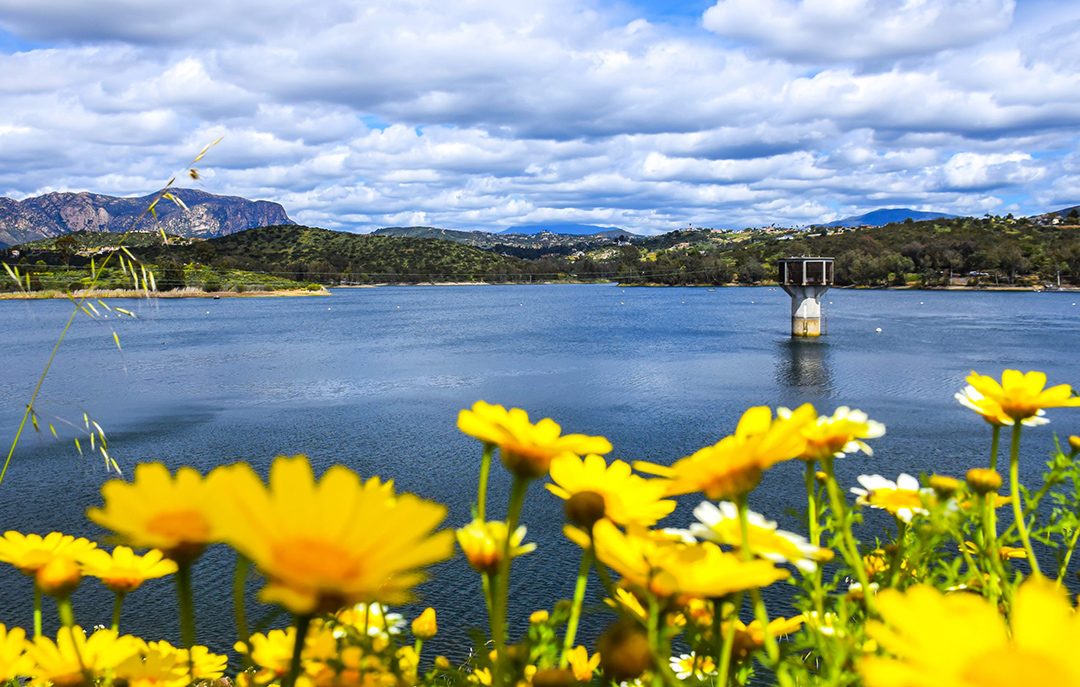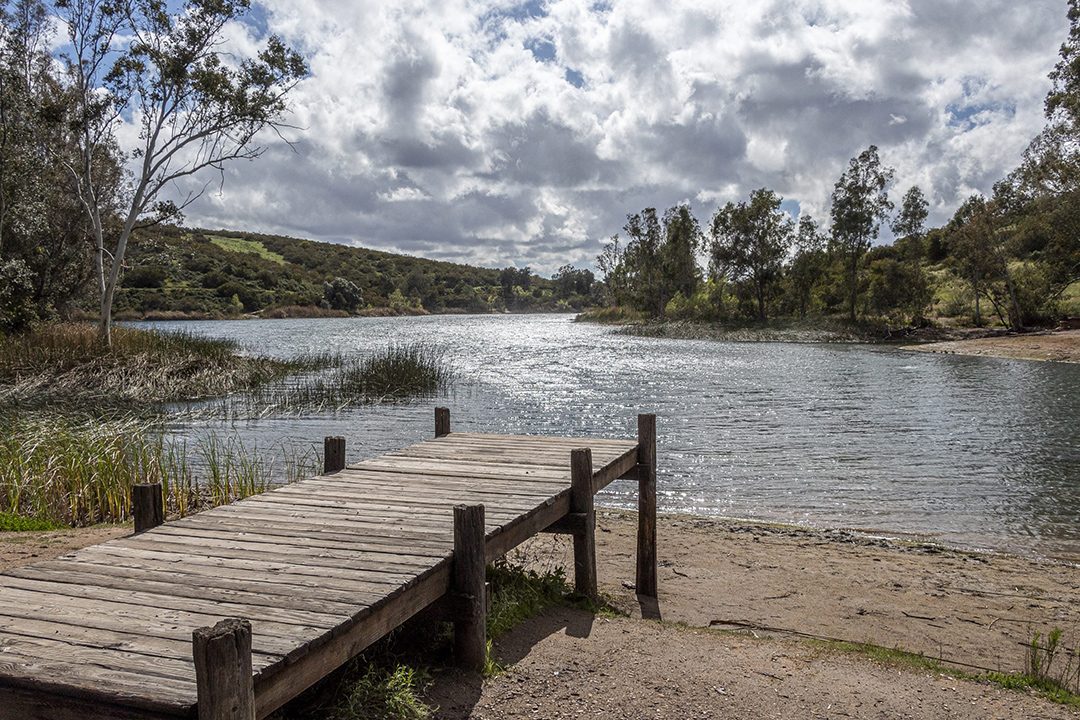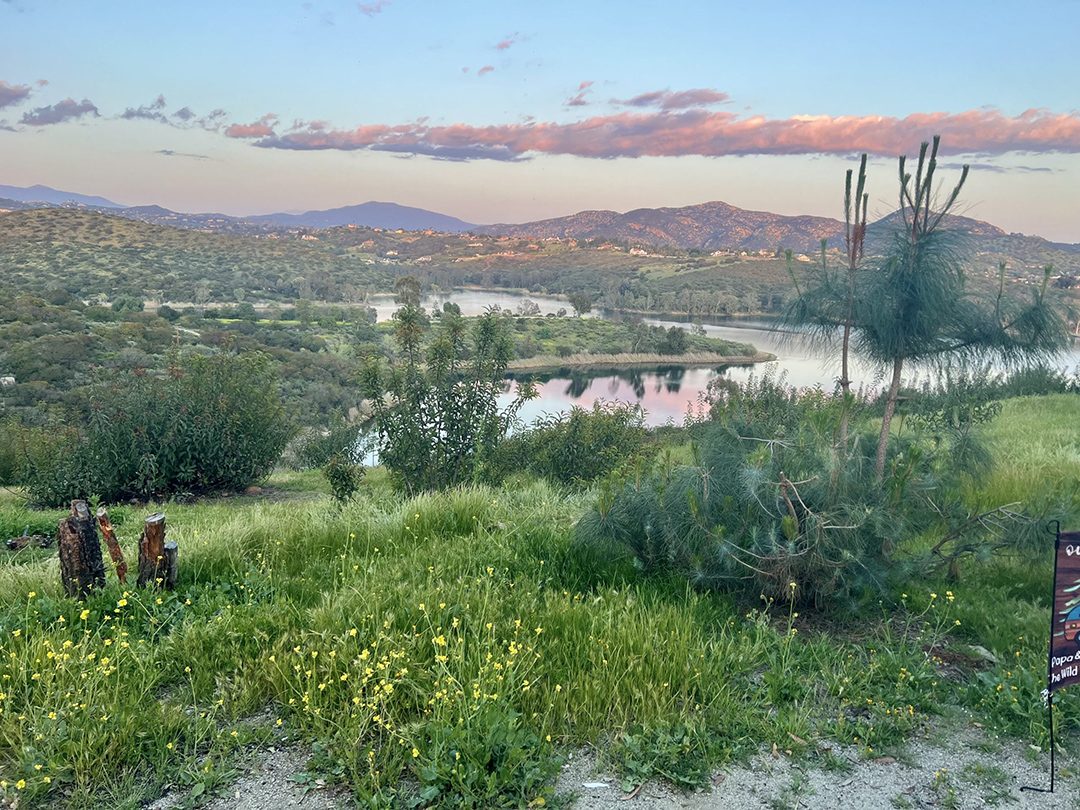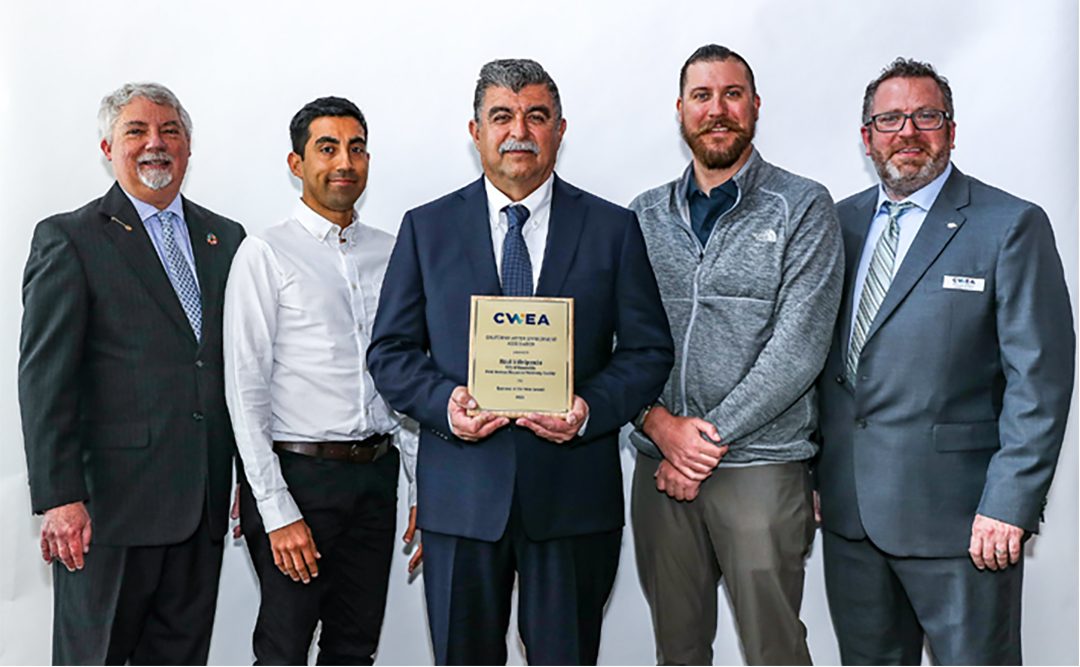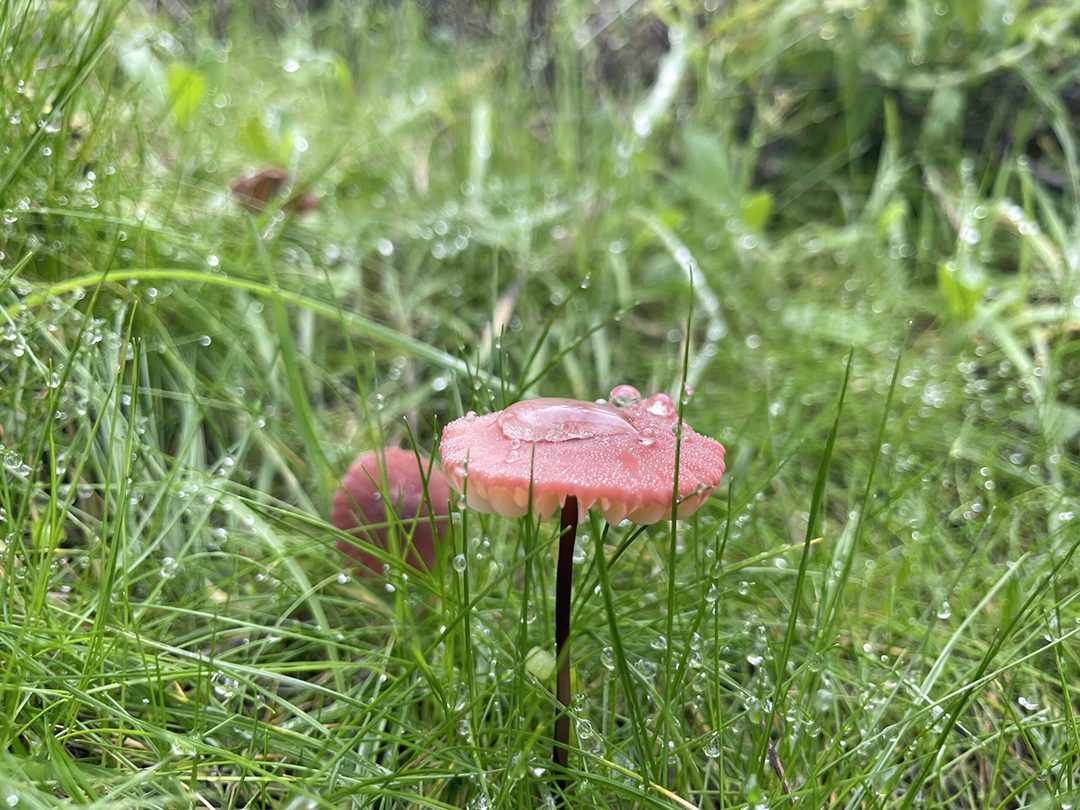Report Shows Positive Impact of Manufacturing on Region
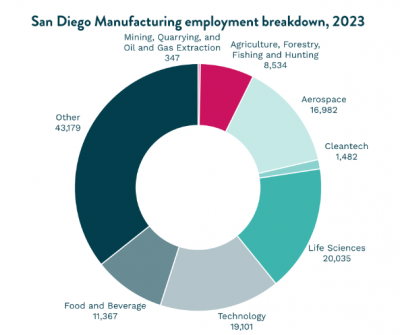
A new report from the San Diego Economic Development Corp. (EDC) shows the positive effect of the manufacturing sector on our regional economy. With $47 billion in economic impact across San Diego County, including more than 120,000 good-paying and low-barrier jobs, manufacturing is a cornerstone industry from San Ysidro to Oceanside.
Few of those jobs – or other economic benefits – would exist without the safe and reliable water supplies provided by the San Diego County Water Authority and its member agencies. While sustainable water sources are often taken for granted, they support virtually every manufacturing process in one way or the other, from the region’s famous craft beers to the water used in biotech labs.
To San Diego Councilmember Raul Campillo, these kinds of jobs have a huge impact for workers in our region. “That means you’re putting kids through college,” Campillo said at an event unveiling the report. “That means you’re inventing devices that save lives. That means you’re bringing people here to see what San Diego has to offer and that helps everybody.”
The EDC’s report – sponsored by the Water Authority — highlights the outsized impact of small businesses in the manufacturing sector, careers that pay 31% more than the average regional salary, and the broad range of related industries helping to grow manufacturing in San Diego County.
Yet it’s not just about the sector itself but the broader impact it has across the region. “When factoring in supply chain activities and consumer spending from wages, the sector supports an additional 146,000 jobs across the county,” the report said. “This means that for every 100 jobs added in manufacturing, another 121 jobs are created elsewhere in the economy.” 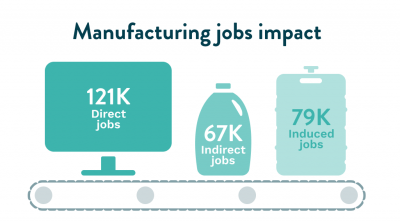
“Nearly 1 in 10 private sector jobs in the region is a manufacturing job,” Eduardo Velasquez, EDC Senior Director, Research and Economic Development, said.
While the high cost of housing and the lack of developable space does hinder the sector’s ability for bigger growth, the companies in the sector are among the most innovative in the region and are dedicated to finding unique ways to expand even with those constraints.



